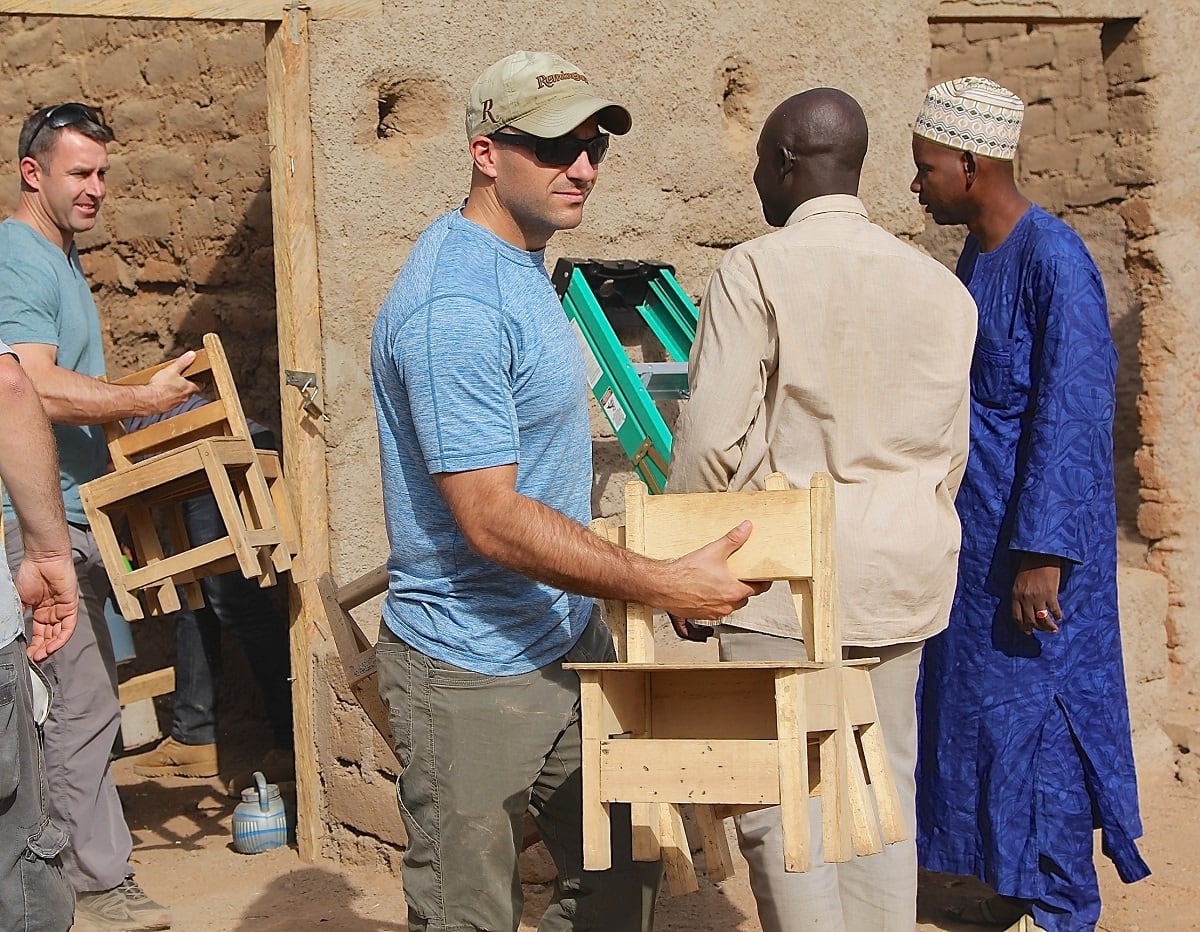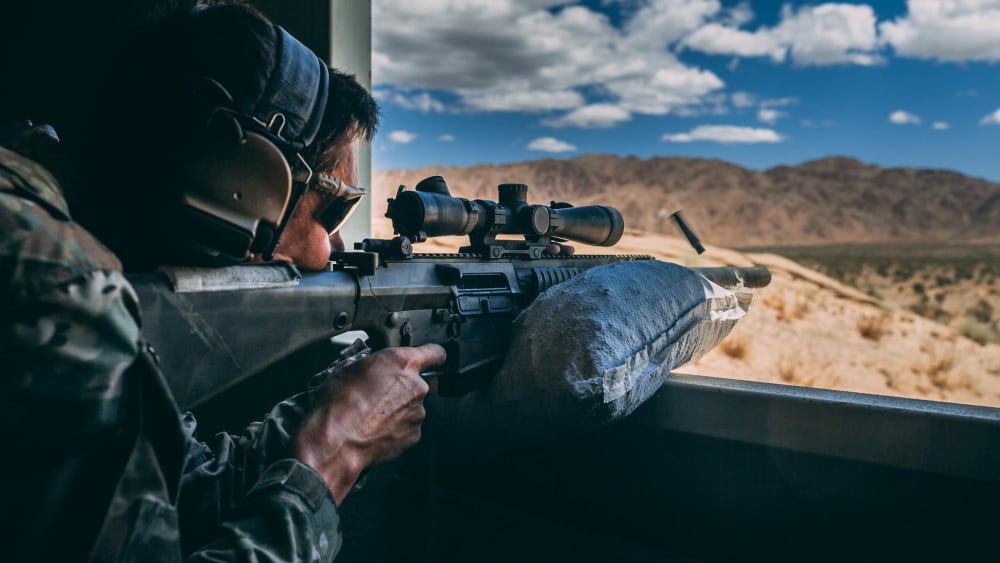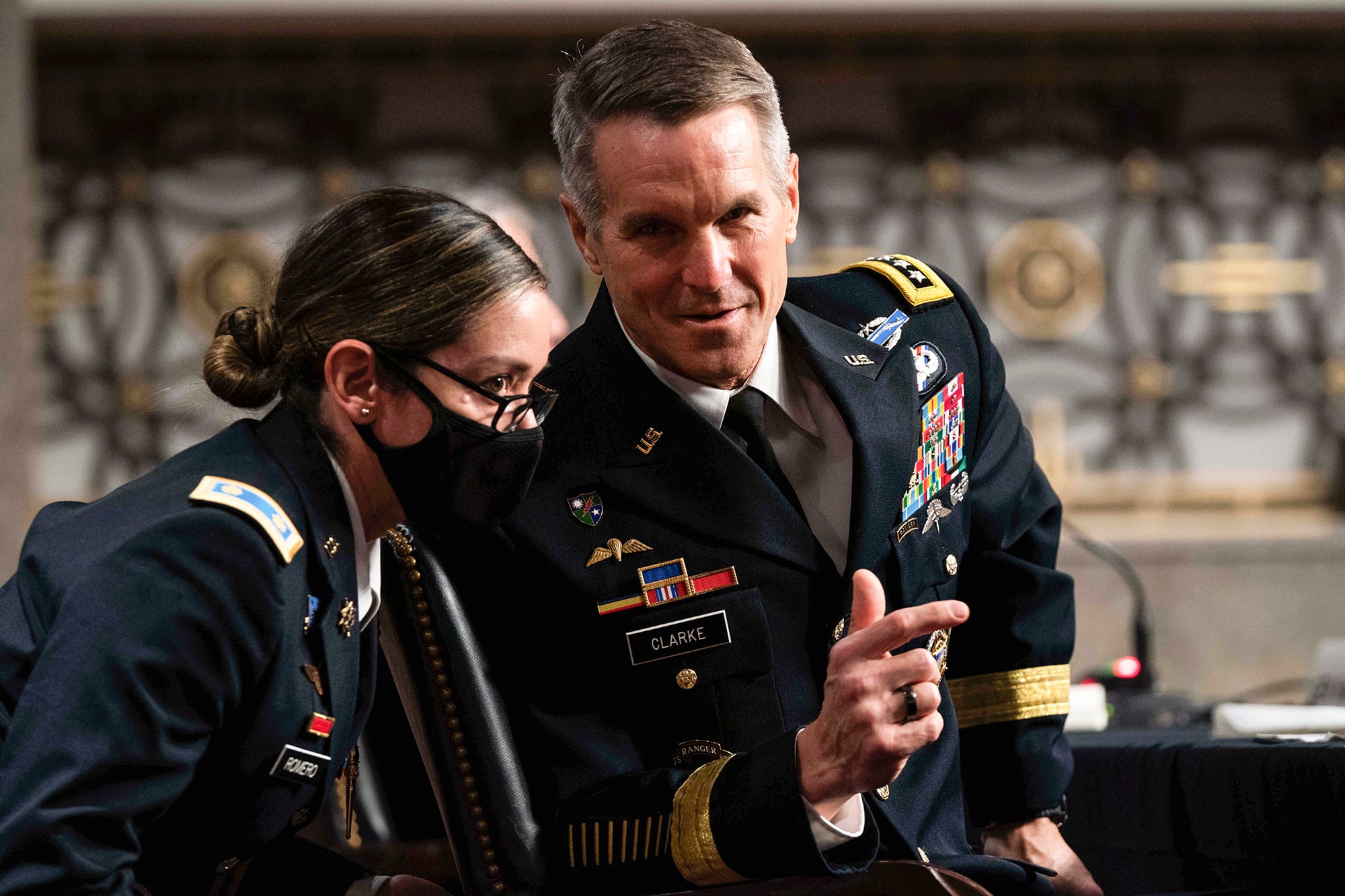As the special operations community takes a deep look at itself after 20 years of relentless counterterrorism missions, it’s seeking solutions for how it can adapt to the much-discussed “era of great power competition” — and that is going to include more women and people of color, according to a recent report obtained by Military Times.
There are no hard-and-fast targets laid out in Special Operations Command’s diversity and inclusion plan, but at 20 pages long, it’s more of a treatise on where the special operations community would like to go.
“All of us understand diversity and inclusion are operational imperatives,” the plan opens. “This Diversity and Inclusion Strategic Plan provides a roadmap for sustained and direct action toward increasing the diversity of our formation and ensuring all our environments, from the team room to the executive conference room, are inclusive.”
A push to promote more women and people of color into leadership, as well as rank-and-file, positions held overwhelmingly by white, male troops ― decades after racial and gender integration ― is part of a long game.
In response to a request for information, SOCOM told members of Congress in writing on March 1 that not only have the vast majority of special operations forces leadership positions been historically filled by white, non-Hispanic men, they have also been largely special operators, despite the other career fields under SOCOM.
The special operations community also includes Army civil affairs and psychological operations organizations ― military occupational specialties with many more women than, for example, Special Forces or the 75th Ranger Regiment.
Both SOCOM’s operations (J3) and force structure (J8) director “positions have never been filled by a CA or PSYOP MOS,” according to the written response. “Both positions have been filled by Army, Navy, Air Force and Marine Operators or Pilots. The gender and ethnicity of the fills have been white, non-hispanic [sic], males over the last 10-years [sic] with the exception of the J3 which was recently filled by a Marine Corps General Officer of Korean, [retired Maj. Gen. Daniel Yoo] non-hispanic [sic], descent.”
Elsewhere at headquarters, women have held other high-level positions: As recently, as 2019, Army Brig. Gen. Michelle A. Schmidt served as SOCOM’s director of intelligence.
RELATED

To “identify barriers to diversity and inclusion in cultural norms, narratives, programs, processes, and procedures and work to create a more inclusive organizational climate,” is one of SOCOM’s top priorities, to be achieved by, for example, eliminating “all exclusive language, behaviors, narratives, norms, and practices from the command.”
More specifically, the report touts Naval Special Warfare’s recent addition of women to its instructor cadre, “with the goal of normalizing women in SOF and better identifying issues specific to female candidates.”
Another goal is to “eliminate cross-cultural barriers to entry by assessing recruitment strategies, accessions processes, assessment qualifications, and selection criteria in SOF career fields.”
Though there is no discussion of concrete goals in the plan, one bullet point does call for determining “metrics and measures of effectiveness and performance.”
Adding some numbers to the plan, according to witnesses who testified before the House Armed Services Committee’s intelligence and special operations subcommittee on Friday, would add an element of accountability.
For example, RAND Corp. researcher Linda Robinson told lawmakers, there are three women serving in Special Forces currently, two of whom are in the training pipeline, five years after the ban on women in a range of combat MOSs lifted.
At the time, “85 percent of special operators surveyed were opposed to letting women in their specialties,” she said.
In other words, it may be hard to make changes without a timeline, or quantitative goals, the organization can hold itself to.
At the time of publishing, SOCOM had not responded to a request for more information on how many women and minorities have held some its top leadership positions. It also had not responded to questions about the reasoning behind its open-ended objectives, versus setting numbers goals.
Fulfilling the plan will depend on attracting a more diverse group of troops to SOF organizations. It will also be incumbent upon the current members to not only make them feel welcome, but to recognize the tendency for people to recruit, select and promote people who remind them of themselves.
“Military leaders must understand, facts don’t drive human behavior,” retired Marine Lt. Col. Kate Germano told lawmakers. “Emotions do.”
The plan comes a year after SOCOM released a report that found two decades of focusing on combat deployments and little else had eroded the organization’s leadership and professionalism, as evidenced by a rash of misconduct incidents that shone an unflattering spotlight on some of the most elite and treasured organizations in the military.
RELATED

“And while, yes, I do believe that we are over-focused on employment and mission accomplishment, I do believe that through that comprehensive review, we have taken a hard look at ourselves and are making the corrective steps to ensure — I think, most importantly — that we have the engaged leadership present through the force at the right time to reduce those incidents that have been occurring,” Army Gen. Richard Clarke, SOCOM’s commander, told lawmakers during a Senate Armed Services Committee hearing on Thursday.
Part of that report’s recommendations included a push for more diversity ― not only of gender and ethnicity, but of military experience ― in order to shake up the insular world of special operations.
“There’s no question that Special Operations Command is taking the issue of diversity and inclusion seriously, and that’s appreciated,” Pentagon spokesman John Kirby told Military Times on Monday.
The effort is off to a somewhat rocky start. Richard Torres-Estrada, appointed SOCOM’s chief diversity officer on March 1, has been reassigned amid an investigation into past Facebook posts comparing then-President Donald Trump to Adolf Hitler, SOCOM spokesman Ken McGraw confirmed to Military Times.
At the same time, SOCOM’s message echoes much of what the Defense Department in general has been grappling with in recent years, thrown into sharp focus after nationwide protests erupted after the May death of George Floyd in Minneapolis, Minn., allegedly at the hands of a white police officer.
After several senior service leaders spoke out, starting with the then-chief master sergeant of the Air Force, who is Black, then-Defense Secretary Mark Esper launched a working group to come up with short-term solutions for promoting diversity and diminishing unconscious bias in the force.
Some of those included removing headshots from promotion board packets and a department-wide review of grooming standards, some of which disproportionately burden service members of color.
In the mid-term, the DoD Board on Diversity and Inclusion put out a report at the end of last year, whose recommendations included prohibiting “extremist or hate group activity.”
The final piece, the Defense Advisory Committee on Diversity and Inclusion in the Armed Forces, is suspended pending a review Defense Secretary Lloyd Austin ordered Feb 2.
That suspension includes all DoD advisory committees, Pentagon spokesman Lt. Col. Chris Mitchell told Military Times on Monday.
Meghann Myers is the Pentagon bureau chief at Military Times. She covers operations, policy, personnel, leadership and other issues affecting service members.




